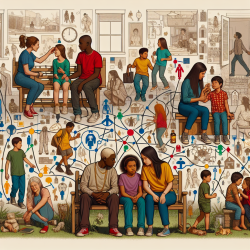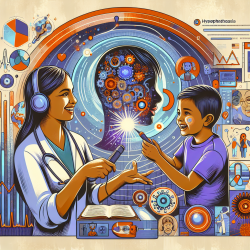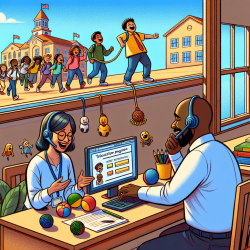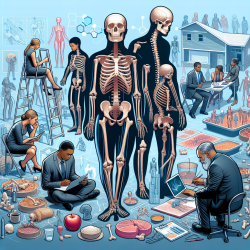Introduction
In the realm of adolescent mental health, the interplay between family and peer relationships plays a pivotal role in shaping outcomes such as depressive symptoms and suicide risk. A recent study titled Family and Peer Relationships in a Residential Youth Sample: Exploring Unique, Non-Linear, and Interactive Associations with Depressive Symptoms and Suicide Risk delves into these intricate dynamics. This blog aims to provide practitioners with insights to enhance their understanding and improve interventions for at-risk youth.
Key Findings from the Study
The study highlights the significance of family conflict, parental criticism, and peer interactions in influencing depressive symptoms among adolescents. Interestingly, the associations between these factors and suicide risk are often indirect, emphasizing the need for a nuanced understanding of these relationships within a microsystemic context.
Implications for Practitioners
Practitioners can benefit from considering the following insights derived from the study:
- Family Dynamics: Negative family experiences, such as parental criticism and conflict, are potent risk factors for depressive symptoms. Practitioners should explore these dynamics during assessments and interventions.
- Peer Relationships: Positive peer interactions can serve as a buffer against depressive symptoms. Encouraging healthy peer relationships and addressing bullying can be integral to treatment plans.
- Non-Linear Associations: The study underscores the importance of recognizing non-linear and interactive effects. Practitioners should consider how different factors may interact to influence mental health outcomes.
Encouraging Further Research
While this study provides valuable insights, it also highlights areas for further exploration. Future research could focus on diverse populations to understand how these dynamics vary across different demographic groups. Additionally, longitudinal studies could provide deeper insights into the causal relationships between family and peer factors and mental health outcomes.
Conclusion
The complex interplay between family and peer relationships is crucial in understanding adolescent mental health. By integrating these insights into practice, practitioners can enhance their ability to identify and support at-risk youth effectively. For those interested in delving deeper into the research, the original study offers a comprehensive exploration of these dynamics.
To read the original research paper, please follow this link: Family and Peer Relationships in a Residential Youth Sample: Exploring Unique, Non-Linear, and Interactive Associations with Depressive Symptoms and Suicide Risk.










